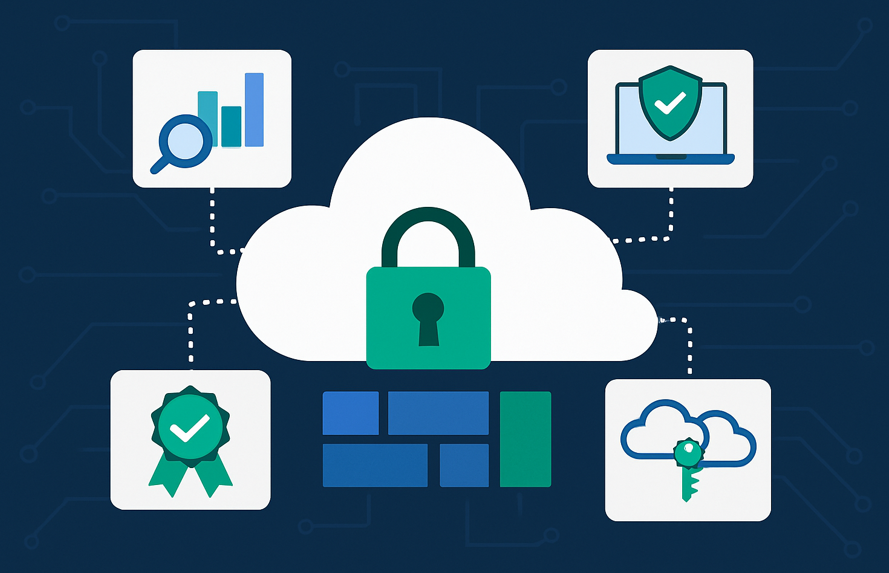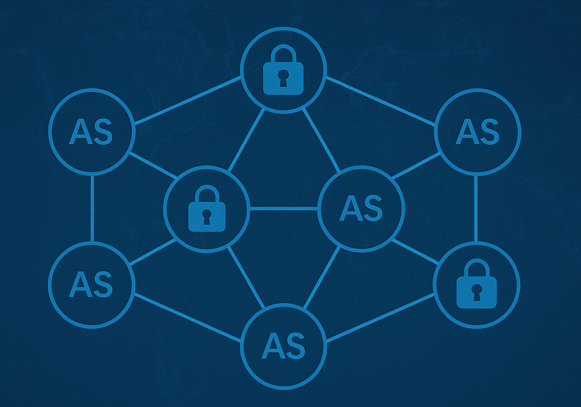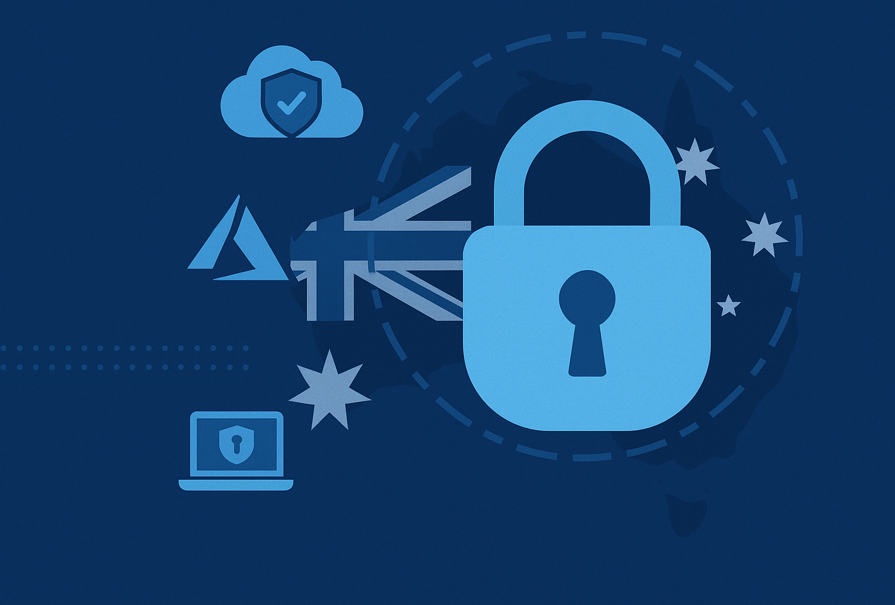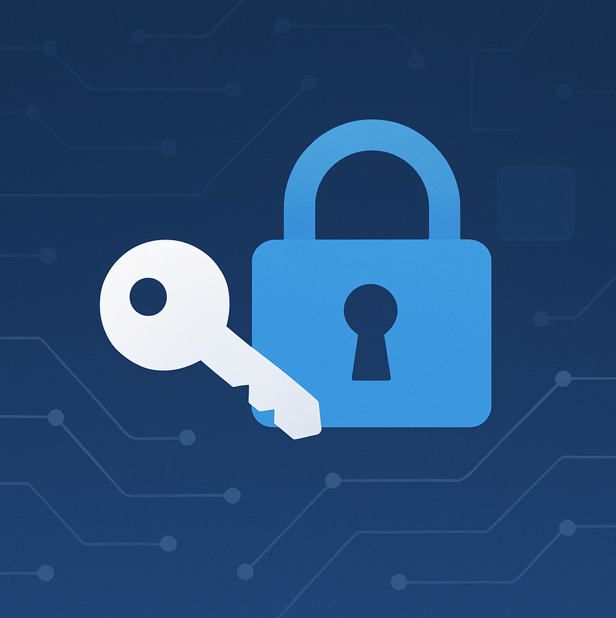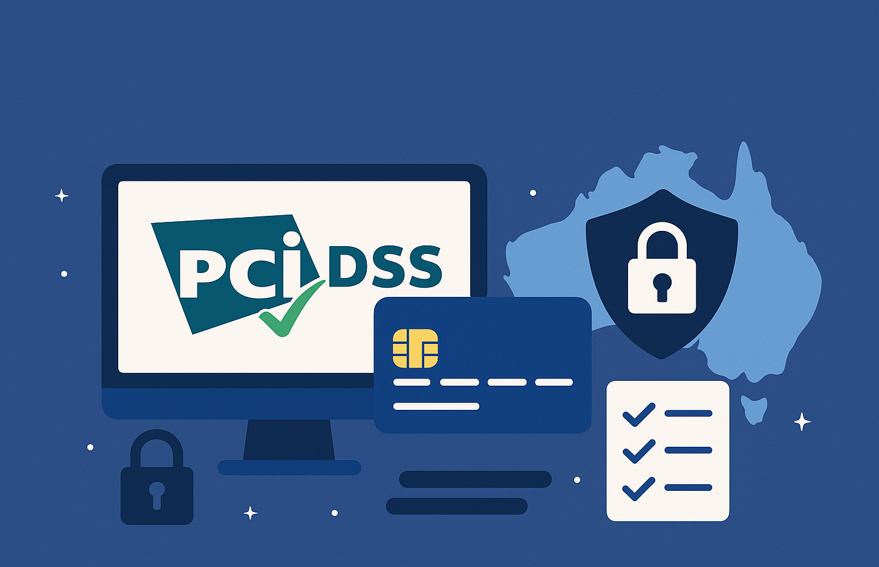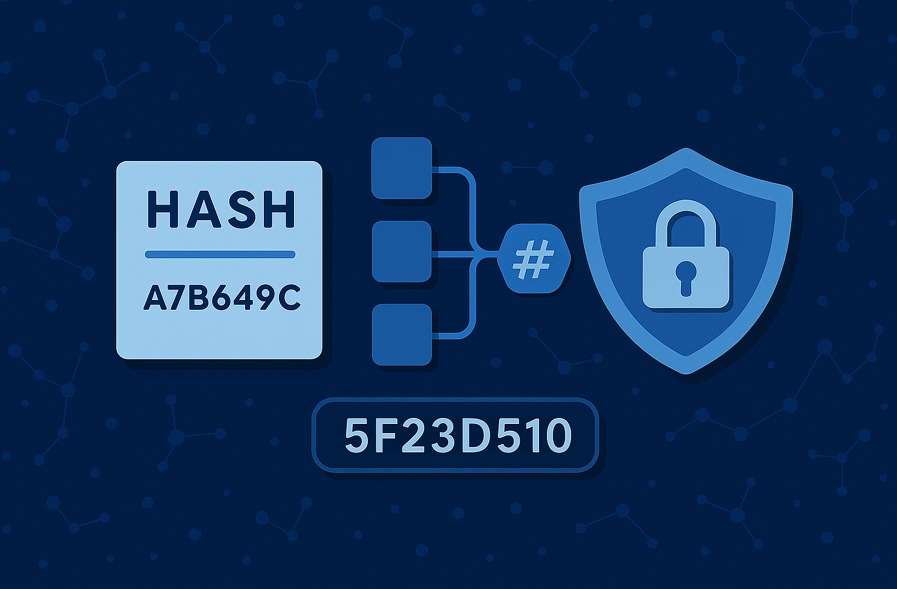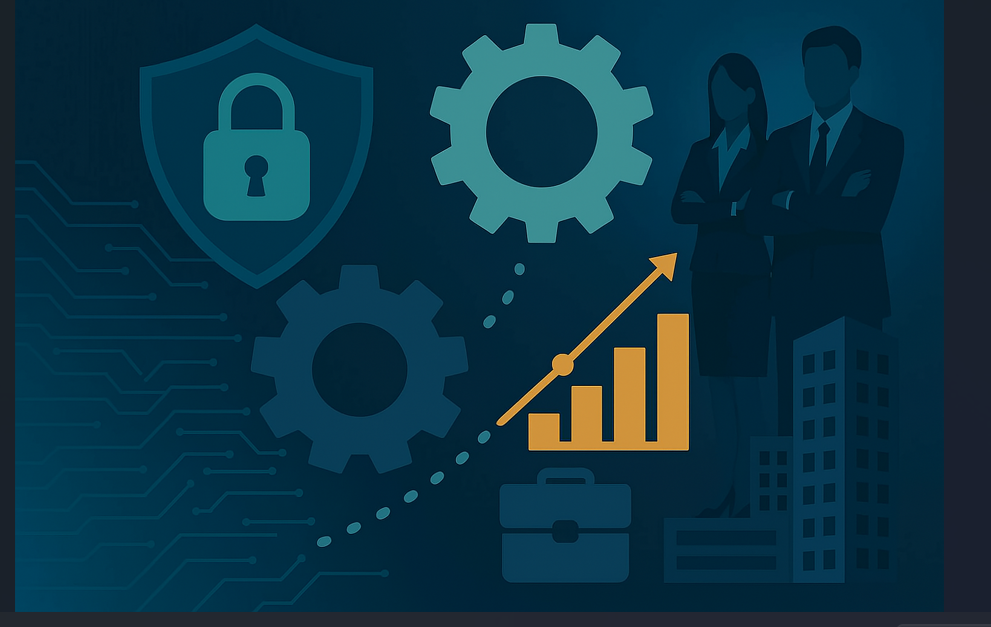Reference Architectures for Secure Cloud Deployments
In today’s rapidly evolving digital landscape, organisations face unprecedented cybersecurity challenges as they migrate critical workloads to the cloud. The need for robust, scalable, and secure cloud architectures has never been more critical. Security is one of the most important aspects of any architecture. Good security provides confidentiality, integrity, and availability assurances against deliberate attacks […]
Reference Architectures for Secure Cloud Deployments Read More »


